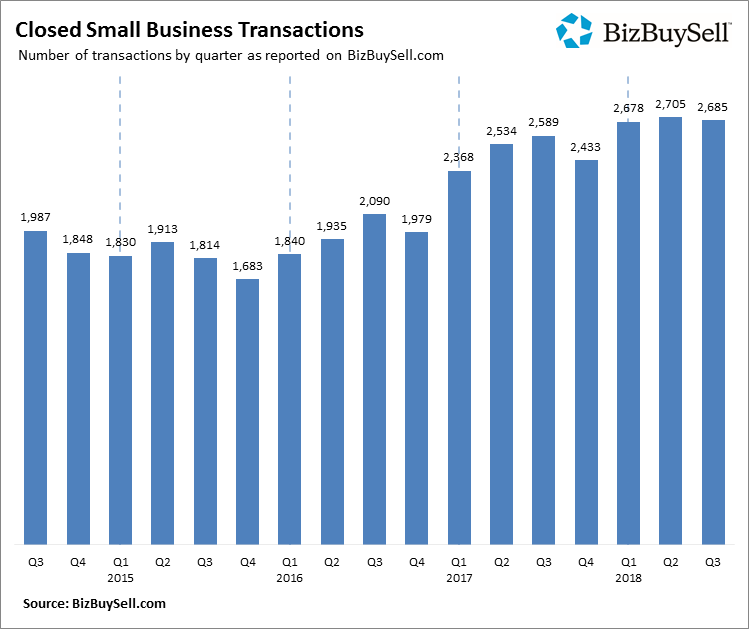You’ve built a great business with love and care. It has grown larger than you’d ever imagined. It generates a nice profit. As a result, this has allowed you and your family to live comfortably.
Now, you’re ready to sell. You assume there’s a buyer out there. You want someone to pay you a fair price and nurture the company with the same attention you have. Most importantly, selling the business is a major part of your retirement plan.
Needless to say, buyers look at businesses differently than sellers. So to achieve the outcome you want, it’s important to think like buyers and understand how they evaluate a business.
Knowing What Buyers Want
There are many types of buyers: strategic and financial, individuals, companies and private equity funds. Despite differences, all buyers consider how much they’ll invest to acquire a business, the amount of risk they’ll bear and the potential return on their investment. To evaluate an opportunity, buyers focus on three major areas:
1. Cost and terms. What will it take to acquire the business? How much cash and how much debt? What are the deal’s terms and conditions? There’s one standout issue: the amount of cash required to make the deal. By decreasing the cash requirement and increasing the acceptable debt portion, a seller can make its company more attractive — and perhaps even increase its selling price. The biggest factor directly affecting a deal’s attractiveness is the asset base. Simply put, the more the buyer can borrow against (or for post-transaction capital), the less cash it needs upfront. As collateral, banks usually accept land, buildings, equipment, inventory and accounts receivable. Many entrepreneurs have purchased the land their business resides on and leased it to the company. An often unanticipated side effect is this structure reduces the company’s asset base. As a result, this decreases the amount of debt leverage the seller can obtain.
Another way sellers can reduce the buyer’s initial cash requirement is by accepting part of the purchase price over time. Commonly known as “seller paper,” this can do a great deal to lubricate a sale.
2. Continuity. Will the business continue to operate similarly after the sale? Much of the risk of buying a company relates to continuity. For example:
- The current owner has personal relationships with customers, distributors or vendors that the new owners may have to struggle to maintain
- The owner has special expertise that is undocumented and difficult to learn
- Key personnel aren’t committed to staying
- Offshore competition looms.
Sellers armed with solid responses to these types of continuity concerns are more likely to get their desired price. Even if you don’t want to sell your business for a few years, take steps now to ensure it can run smoothly without your personal involvement. That independence could be worth millions when you sell.
3. Growth. Are there unexploited opportunities? You may have focused your sales efforts in one geographic region, but there may be many opportunities to take the product national or international. A buyer will pay more for the business if they believe it can increase revenues substantially over one assuming the current owners have already maximized opportunities.
What Sellers Should Do
It may seem counterintuitive, but the things you may be most proud of can work against getting the best price for your company. Not many entrepreneurs like to boast their company could run just fine without them. They don’t want to seem like they’ve failed to capitalize the numerous opportunities out there as an owner. Yet these may be the very factors buyers seek, along with lower cash requirements. Contact VR Business Brokers today in understanding how to best present your company for sale.
Is your business creating maximum value?
Complete the “Value Builder” questionnaire today in just 13 minutes and we’ll send you a 27-page custom report assessing how well your business is positioned for selling. Take the test now:






